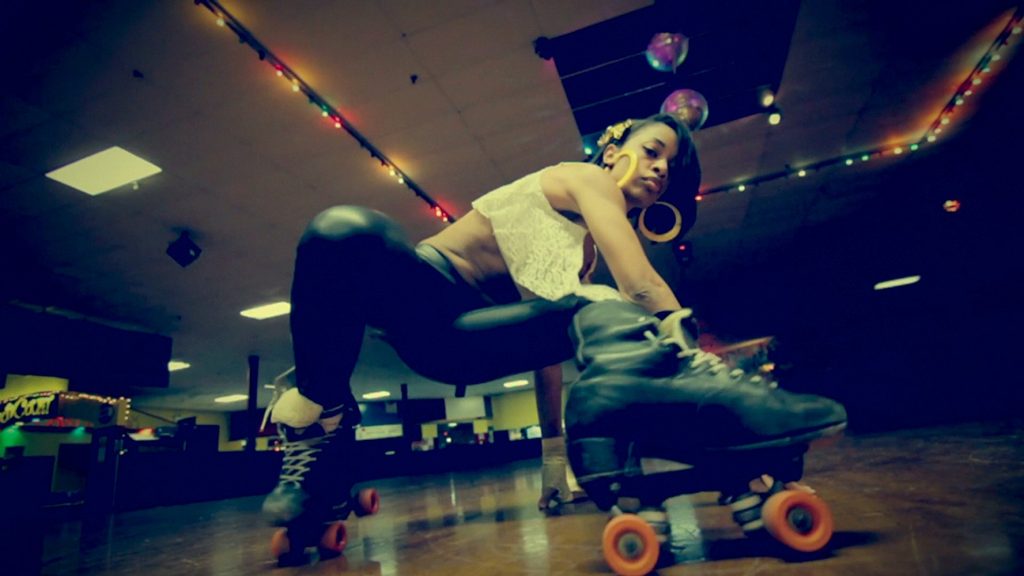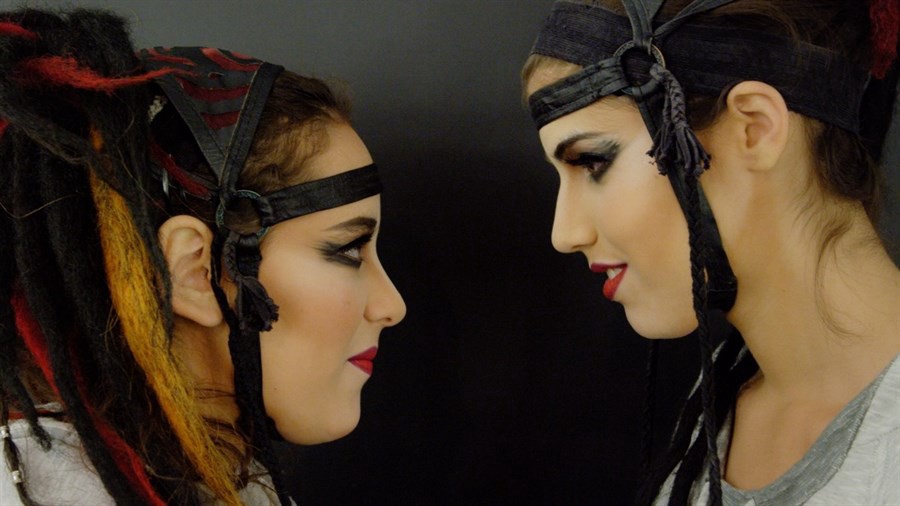British director Lucy Walker is best-known for her Oscar-nominated film Waste Land, a profile of artist Vik Muniz’s work with Brazilian catadores, or workers who collect recyclables from landfills. She has also made the documentaries Devil’s Playground, Blindsight, and Countdown to Zero. Below, she discusses her fascinating and timely new film, The Crash Reel, about elite snowboarder Kevin Pearce’s life-altering brain injury, as well the freedom that comes with being in charge and her inspiration to write a screenplay about Simone de Beauvoir. The Crash Reel opens on December 13.
In your own words, give us an overview of the film.
It’s the story of an Olympic-hopeful snowboarder, Kevin Pearce, who was practicing extreme tricks (double spins and flips 40' in the air above the half-pipe) when he has an accident and lands on his head and suffers a severe traumatic brain injury. As soon as he starts his road to recovery, he wants to get back on the board, even though the doctors say that his head can’t withstand any sort of further impact, and he will die if he hits his head again.
What drew you to Kevin’s story?
When I met Kevin, he had recently had his accident and I was immediately struck by what a charismatic young man he was, and also how brain-injured he was, and what a journey he was on. I didn’t know where it was going, but I knew that I really, really, really wanted to find out.
You write in the press notes that you are a “filmmaker, sort of a documentarian.” Can you elaborate on that?
I am so excited to try to make the best film possible. I love making fiction films as well as nonfiction ones, and hope to keep challenging myself to make better and better work. Some documentaries are made by people who are driven more by one particular story, or have different backgrounds or ambitions, but I’m always looking for projects that let me be the best filmmaker I can be, and to be stretched and grow further.
You have a writing credit, which is not always seen in a documentary. What was written in this film?
The whole film was completely [narratively] constructed, as every film is, but there were so many choices about how to tell this particular story, and I chose a very specific and contrived structure, starting with the fact that we begin in [the middle of the story, then go back to the start]. Also, I wanted to credit Pedro Kos, the genius editor of The Crash Reel and Waste Land, with a title that reflected the care we had taken to structure the story. I also credited everyone who collaborated on the film and who appears in the film with the “Film By” credit. I have always wanted to do that, but producers had never allowed me to. Now I am my own producer, so nobody could stop me. I’m happy to say that the film names everyone who made it with “A Film By” credit.
You were very lucky with Kevin and his family, in that their honesty and the richness of their story made the film so much more than a sports piece. What was the most difficult part for you in shooting this family?
I really enjoyed filming with the Pearce family, who were so generous. Honestly, I wouldn’t have made the film if they hadn’t had this terrific ability to open up candidly and share their struggles honestly and courageously with the camera. I pursue many possible films but don’t proceed very far unless people I’d be filming have that rare gift.
What was the hardest piece to leave on the cutting room floor?
We have lots of DVD extras, but I was happy to leave them on the cutting room floor. I love editing and have a strange conviction that when you finish your edit, it feels so right, it’s almost like there is actually one ideal solution.
This film has been on quite a journey, and now you’ve just made the Oscar shortlist for Best Documentary. What’s it been like since the film premiered at Sundance?
It was thrilling to premiere as the Opening Night Gala film at Sundance, and then to continue [to be featured in] two more of the biggest film festivals, Berlin and SXSW (where it won an Audience Award). That made for a busy front of the year. I’m so proud of the work accomplished by the collaborators on the film, on-screen and on the film team, and so it’s been a joy to share the movie with audiences and introduce them to Kevin and his remarkable family and friends.
This film is a huge educational tool for people about traumatic brain injury. What has the outreach campaign accomplished? Will it continue into the future?
Yes. We have been working incredibly hard on our #loveyourbrain campaign, which includes a variety of initiatives: a helmet pledge, helmet discounts at mountain resorts, an infographic about what to do if you hit your head, getting insurance information to athletes, and a share-your-story forum for TBI survivors. Amazingly, one life seems to have been saved so far because of the campaign, and I hope the ripple effect of the awareness will help thousands of people. I am never so moved and rewarded as when hearing that my films have helped people through tough stuff in their lives, and brain injury is hugely prevalent. There are 1.7 million TBIs a year in the United States, and 400,000 veterans have returned from Iraq and Afghanistan with TBIs. But it is invisible. As Kevin notices with amazement as he observes his friend Trevor in the movie, it’s so hard to see that someone is struggling with a severe TBI, and so many people have pointed at the film and thanked us for telling the world what it is like to contend with these challenges.
What was the biggest challenge for you as a filmmaker in making this film?
The film was a pleasure to make, and all the challenges were creative ones. I had such a fun, creative time with our incredibly wonderful collaborators, who are genius craftspeople, as well as delightful humans to be stuck in rooms or cars with. The challenges were how to figure out what to shoot, how to get hold of more archival footage, how to edit better, and how to find and clear the perfect music track for our tiny budget.
What do you think is the biggest misconception about you and your work?
I don’t know if people realize how hard I work, because sometimes people ask me for my secret. The truth is that I don’t have any secrets apart from the fact that I’ve been directing theater and film for twenty years and trying at every stage to make my work better. For each project I work as hard as is physically and mentally possible, and don’t stop until I feel a project has reached its full potential.
What’s next for you?
I have a short film, “The Lion’s Mouth Opens,” that will premiere at Sundance 2014. And I am writing a screenplay about Simone de Beauvoir for Film4. And a vacation, hopefully.
What advice do you have for other women filmmakers?
Make good films. The world needs more women filmmakers, so we have to keep encouraging ourselves and one another, and eventually things must get easier for us. Why not right now? I am horrified by how sexist my industry is. When I was growing up, I thought all that sexism stuff was behind us because I could look around and see that the little girls and boys around me were equally talented and equally important. But I’ve been shocked to observe that, as we’ve gotten older, my female friends have accomplished not nearly as much as my male friends. I am hugely interested in this. It’s been fascinating working on the story of Simone de Beauvoir, whose book The Second Sex was the first book that woke me up when I read it at 16.







